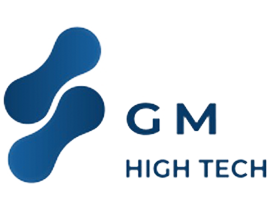Dr. Anders Hallgren
CEO
Dr. Anders Hallgren received his PhD degree from Lund University (Sweden) in 1996. Since receiving his PhD degree, he has led research and development and its commercialisation in public and private organisations including the European Commission, major European and US industry bodies (Studsvik; E.ON.; RWE; Westinghouse; GE), Australian Go8 Universities (e.g. USYD; UoM; UNSW), the Commonwealth DoI’s innovation initiatives (e.g. Accelerating Commercialisation; Industry Growth Centre; CRC) and NSW State’s Office of the Chief Scientist & Engineer’s innovation networks.
Dr. Hallgren is a seasoned and focused executive with decades of experience in leadership roles in research & innovation, strategy development and cross-sector partnerships with major industry, universities and governments globally. He has more than 20 years’ experience of leadership roles in the public sector covering research & innovation, commercialisation and cross sector collaboration with major research institutes, industry and governments across four continents.
Chris (Changyang) Li
Chief Scientists
Dr. Chris Li received his PhD degree from the University of Sydney (USYD) in 2012. After April 2012, Dr. Li was appointed as research fellow with the Faulty of Engineering and IT, USYD from 2012 to 2016, and a research coordinator position for ATVRE-Sydney Research Networks Scheme (SyReNS), the Institute of Biomedical Engineering and Technology (BMET), USYD. Dr. Li was awarded as 2016 DECRA fellow, an honour bestowed only on those who have made outstanding performance and contributions to the young post-doctoral profession.
And then in late of 2016, he moved to industry and established a new high-tech related company in Sydney. Throughout his career, his research has focused on biomedical image analysis, pattern recognition and machine learning.
Dr. Hong Hong
Scientist
Dr. Hong Hong received his PhD degree from the Nanjing University in 2010. Currently, he is also associate professor in Nanjing University of Science and Technology. His expertise mainly focus on new biomedical sensing technology and theoretical research and applications of time-frequency joint domain analysis. He published more than 60 academic papers and more than 30 SCI indexed papers in the past five years, including IEEE SPM, IEEE TGRS, IEEE JBHI and other top international journals. Meanwhile, he applied for 42 national invention patents (18 authorized). Has established long-term and stable cooperative relations with universities such as the University of Florida, Southern Medical University, Texas Tech University, University of California Davis, University of Glasgow and other universities.


